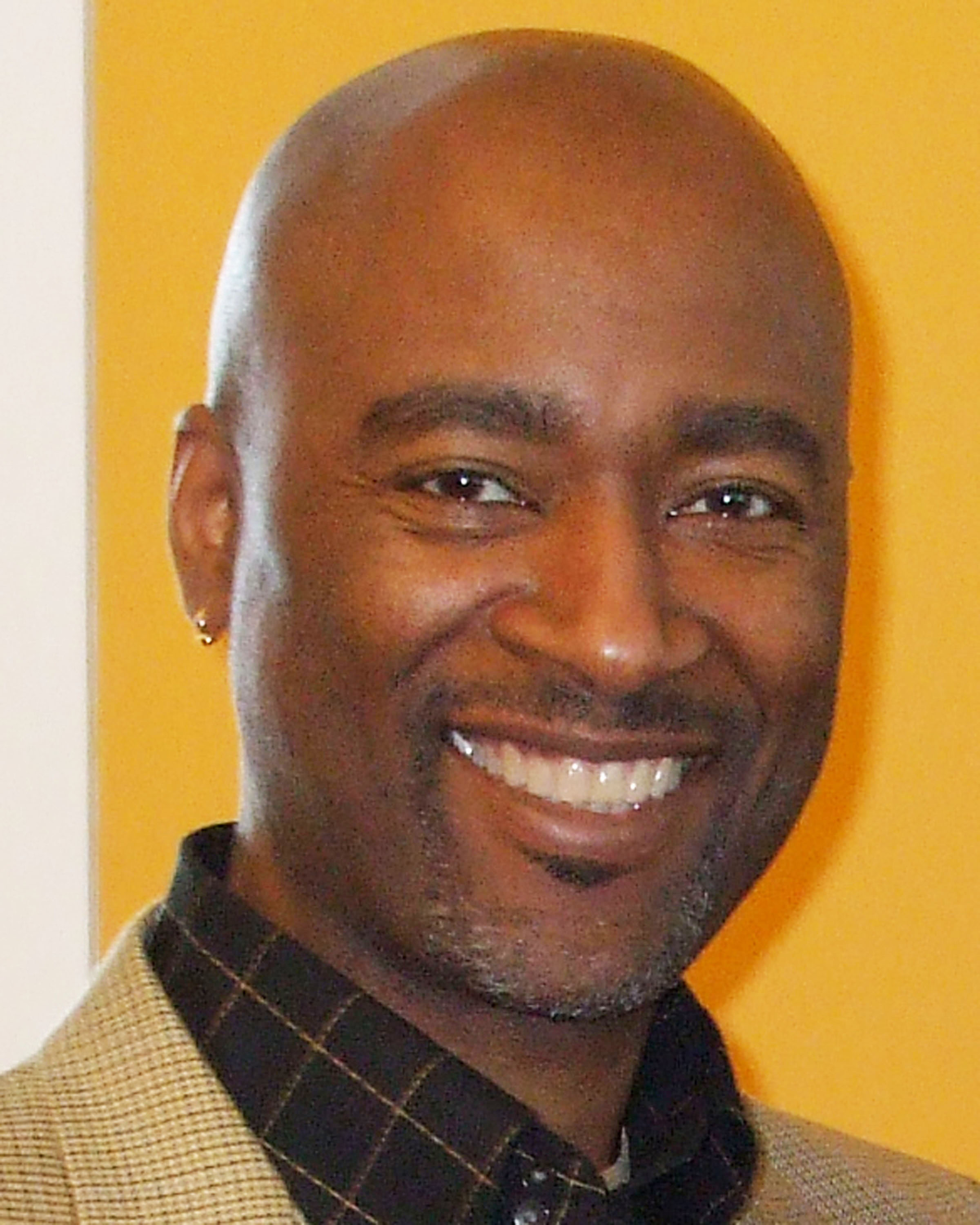Two high-profile student protests — separated by four academic years and nearly 1,150 miles of travel — recently drew national attention to a developing problem: the lack of mental-health counselors of color on college campuses. At the University of Kansas in 2015, a student protest group, Rock Chalk Invisible Hawk, stormed the stage at a public forum in the Kansas Union and demanded that KU establish a team of multicultural mental-health counselors to work with students of color. And in November 2019, a similar group at Syracuse University, #NotAgainSU, demanded the university hire more counselors of marginalized identities during an eight-day sit-in at a campus wellness center. But many other students across the country also have voiced similar concerns. Protests at Marquette University, the University of Northern Colorado, and Brandeis University included demands for diversifying counseling staff.
The statistics inform these demands. During the 2017-18 school year, 72.4% of staff members at U.S. college counseling centers were white, according to a survey released by the Association for University and College Counseling Center Directors. A little more than 27.5% of staff members at those counseling centers identified as a racially underrepresented group, according to the survey. That data — which is the most up-to-date information available through AUCCCD — sharply contrasts with national student demographics for fall 2017, where 47% of undergraduates identified as a racially underrepresented group, according to the National Center for Education Statistics.
Counselor Demographics
A 2018 study by the AUCCCD revealed the racial demographics of college counseling centers arcoss the US.
“On campuses across the country, students of color are demanding from their institutions that there be a wider range of representation among faculty,” says Kevin Kruger, president of the National Association of Student Personnel Administrators, a Washington, D.C.-based advocacy group. “The same thing can be said here, that if you’re looking at some of those issues, having a diverse counseling center is an important component.”
To better understand this national issue, The 61% Project interviewed Keith E. Smith, a long-time mental-health counselor at the University of Vermont. Smith, who is Black, has served as the Men’s Outreach Coordinator at UVM Counseling and Psychiatry Services since 2006.*



